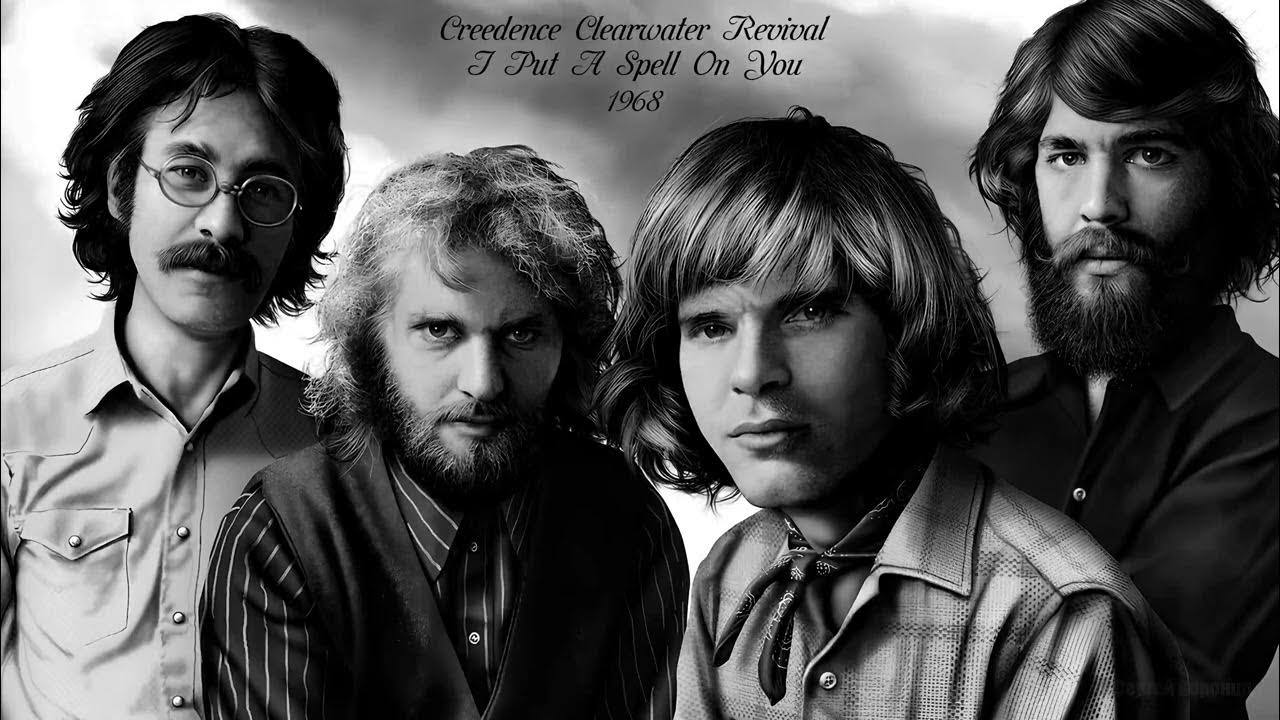
A Stax-tinged vow to keep moving—Creedence Clearwater Revival’s “Born to Move” takes a soul groove, sets it to West Coast grit, and turns motion itself into a kind of faith.
First, the anchors so memory has something solid to hold. “Born to Move” opens side two of Pendulum as track 1, running about 5:39. It’s written and produced by John Fogerty, cut at Wally Heider Studios (San Francisco) in November 1970, and released with the album on December 9, 1970. Pendulum would climb to No. 5 on the Billboard 200; the only single pulled from it was the double-A pairing “Have You Ever Seen the Rain” / “Hey Tonight.”
If you haven’t lived with it lately, the feel comes back at once. A Fender Rhodes/electric-piano bed and warm organ set the room; Doug Clifford lays a backbeat that sits a breath behind the bar—reassuring, not insistent; Stu Cook walks the bass line forward; Tom Fogerty keeps the rhythm sawing; and John splashes short, witness-like guitar phrases between verses. On Pendulum, Fogerty widened CCR’s palette—keyboards and even a saxophone section overdubbed by John himself—and “Born to Move” is one of the clearest proof points of that expansion. You can hear the band’s affection for Booker T. & the M.G.’s all over the pocket; they’d jammed with the Stax legends, and the Memphis influence hums through the arrangement.
Placed at the top of side two, the track functions like a reset. Side one closes with the radio-ready lift of “Have You Ever Seen the Rain”; flip the record, and “Born to Move” changes the lighting—still CCR, but candlelit at the edges, a little Memphis in the wrists. That sequencing matters. Pendulum is the most keyboard-rich studio album in the catalog and the last with Tom Fogerty on board; “Born to Move” announces that mood immediately before the set darts to the punch of “Hey Tonight” and the hush of “It’s Just a Thought.” It’s a small producer’s trick that gives the back half its own character without abandoning the band’s centerline.
What the song says, especially to older ears, is wonderfully plain. Without quoting it at length, the lyric treats movement as a discipline: when trouble won’t explain itself and the map looks blurred, you go—not to run away, but to keep from rusting. Fogerty doesn’t sermonize; he states it over a pocket that feels like the rhythm of actual living—work boots on pavement, tires on two-lane, a late-night walk that clears the room in your head. It’s the CCR trick at their most humane: take a simple idea, set it to a groove that breathes, and let time do the deepening.
Listen to the touch that makes it endure. Clifford’s snare never crowds; Cook escorts rather than shoves; Tom’s rhythm is all good manners; John’s guitar and keys answer his own vocal, then step back. If you have the 40th-anniversary notes or any of the better reissues in hand, you can follow how overdubs—keys, sax textures—were layered after the band cut the basic track live, which is why the record feels both roomy and certain. That balance is hard to fake, and it’s a big reason Pendulum holds such a warm place in the run.
There’s a whiff of biography folded in, too. 1970 was the band’s sprint year—two studio albums, relentless touring, and the first hints of internal strain. On Pendulum, Fogerty took on even more of the arranging and multi-instrument work, adding Hammond B-3 and Rhodes to the familiar guitar engine; critics still point to the album as CCR’s deliberate step into broader colors before the lineup changed. In that frame, “Born to Move” reads like a compact mission statement for the moment: keep the pocket, widen the palette, don’t lose the song.
For listeners with some miles on the tires, the track’s usefulness is its secret. It doesn’t demand catharsis; it steadies you. Put it on in the kitchen after a long day, or on a late drive when the exit numbers start to blur. The Rhodes hums like lamplight; the backbeat gives your shoulders a place to land; the chorus reminds you that staying in motion can be a kind of grace. CCR had plenty of hits that roar; this one walks, and there are evenings when walking is exactly what saves you.
Scrapbook pins, neat and true
- Artist: Creedence Clearwater Revival
- Song: “Born to Move” — side two, track 1; ~5:39; writer/producer: John Fogerty.
- Album: Pendulum (Fantasy; released Dec 9, 1970); recorded Nov 1970 at Wally Heider, San Francisco; US Billboard 200 peak #5.
- Palette & influences: expanded keyboards and Fogerty-overdubbed sax; acknowledged admiration for Booker T. & the M.G.’s informs the groove.
- Single context: only 45 pulled from the album was “Have You Ever Seen the Rain” / “Hey Tonight” (January 1971).
Cue it up tonight and notice what changes in the room. Not the furniture—your breathing. The beat sits back, the keys warm the corners, and the song hands you a simple, durable ritual: when the day gets tangled, keep your time and keep moving. In three chords and a generous pocket, “Born to Move” makes that sound like hope you can use.